Visual narratives, as communicated by signs, are the cornerstones of contemporary urban communication. Where linguistic terms are oft contained to certain geographical boundaries, signs transcend limitations of exchange. Edouard Malingue Gallery, Hong Kong is thrilled to present in the Encounters section of Art Basel Hong Kong, the major installation ‘Private Riots’ (2014) by the Indonesian collective Tromarama (est. in 2006 in Bandung by Febie Babyrose, Ruddy Hatumena and Herbert Hans). Composed of a flash sequence video, a platform and towering swirl, from floor to ceiling, of seemingly playful protest banners, the monumental creation presents how the trio observe the rapidly evolving urban Asian cultural environment, whilst extrapolating its social, political and visual undercurrents.
‘Private Riots’ (2014) presents an interactive and impressive pictorial dialogue surrounding the act of protest and political engagement. The first section resembling a plywood stage rising from the floor, is composed of two propped singular video stands flashing the ‘Private Riots’ film and a circular series of poster banners, stills from the video itself. The second section, a towering chandelier of poster panels hanging from the ceiling, is an incredible structure that stands above the first, a striking metaphor for the height of collective yet individual power.
Reality thus becomes more complex and mixed since the images that emerge are constructed not only by our consciousness of the world, as recalled through our sensory receptors, but also those produced by digital devices. They design and construct our perception, understanding and concepts of the physical and virtual. Our consciousness in knowing the seemingly tangible one from the truly tangible one becomes more exclusive because each person has a greater number of different experiences. It means a more subtle border is drawn between our current reality. The physical and the virtual co-exist. They are interacting and transversing in various forms.
Colourful, engaging and pictorially naïve, the lightly dangling spiral hardly seems associable with weighty political commentary. This contrast, however, between form and content, resounds throughout Tromarama’s work. Indeed, play, in the sense of ‘fresh, intriguing and humorous’[1] pulsates through their practice, which combines video art with new music and installation. ‘Private
Riots’ in particular though, introduces a political leaning yet does so in a manner that invites rather than threatens. From the pop-like extractions of key images from protest banners – time (a clock), marching (feet), speeches (mouths) – to the rhythmic beats, Tromarama present how political engagement is accessible to all.
Ultimately, ‘Private Riots’ is a seminal installation by Tromarama and a key example of how, at the heart of their practice, is the creation of an inclusive narrative through the use of form and colour, objects and figures, sounds and rhythms. Their practice literally animates the ordinary and weaves its existence into a tale of tribulations fuelled by consequence. As such, their work, and ‘Private Riots’ in particular, infuses the ordinary with novel means of contemplation in the context of urban life, developments and political reverberations.
Tromarama are widely considered one of Indonesia’s most exciting rising talents and have been widely exhibited around the world. They’ve held solo exhibitions at the Stedelijk Museum (Amsterdam), National Gallery of Victoria (Melbourne), Mori Art Museum (Japan) and have upcoming shows at the Frankfurter Kunstverein. Group exhibitions include the Samstag Museum of Art (Adelaide), APT 7 QAGOMA (Brisbane), Singapore Art Museum (Singapore).
[1] Alia Swastika, ‘When Playing Is Not Only a Game’, (2011)
'Private riots' at Encounters, Art Basel Hong Kong 2016 Tromarama
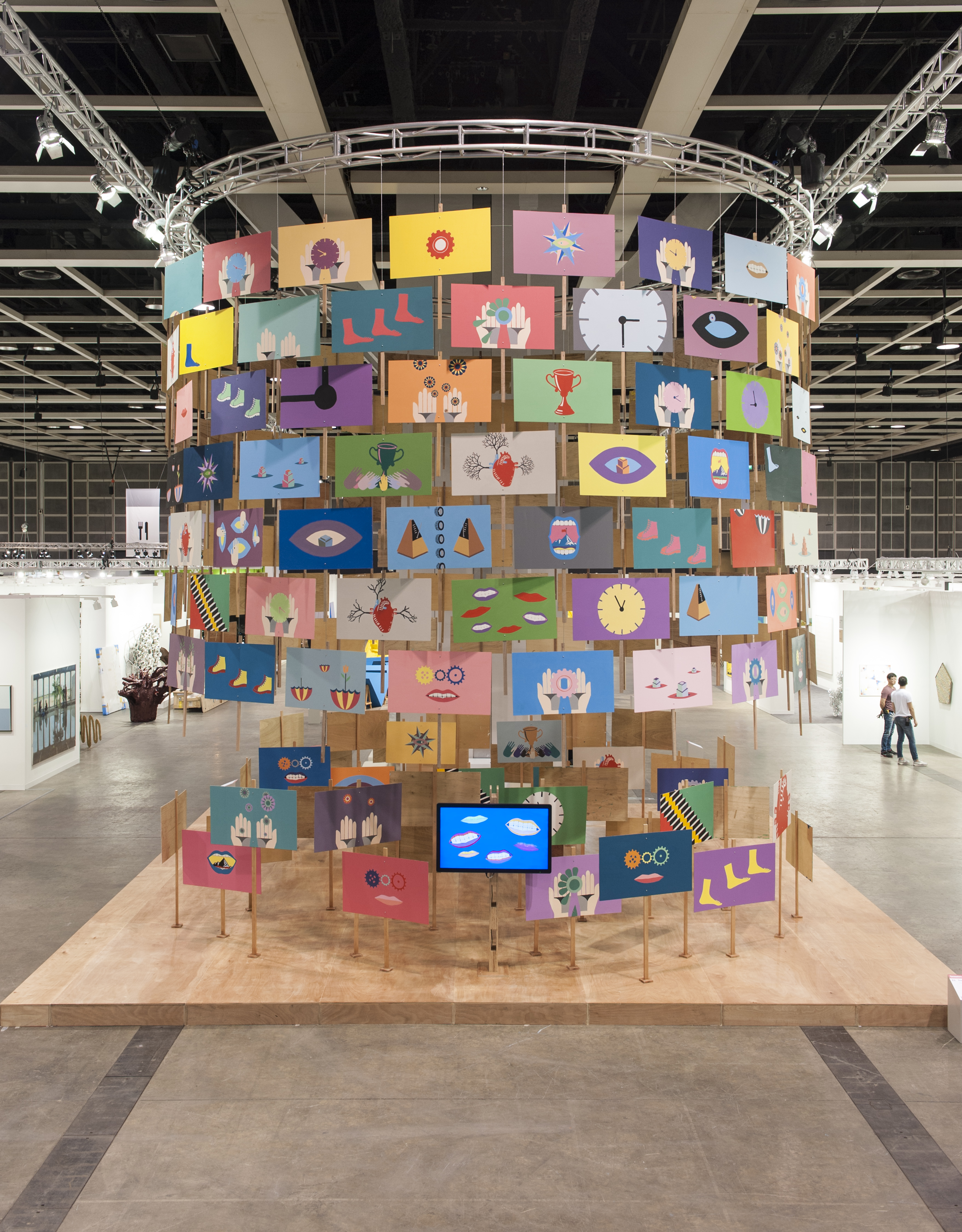
2014-2016
Video animation, board, pen
2 min 40 sec

2014-2016
Video animation, board, pen
2 min 40 sec
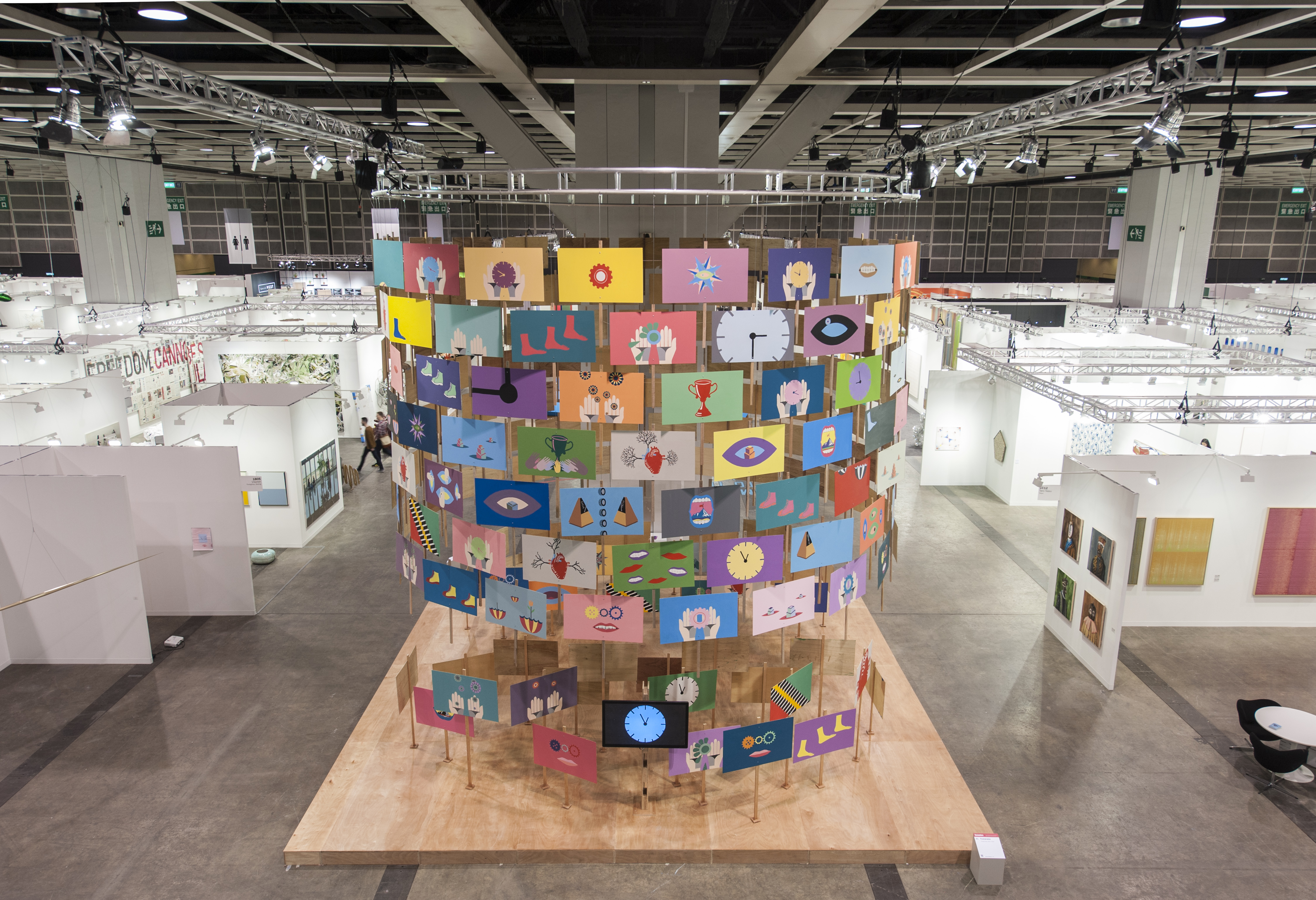
2014-2016
Video animation, board, pen
2 min 40 sec
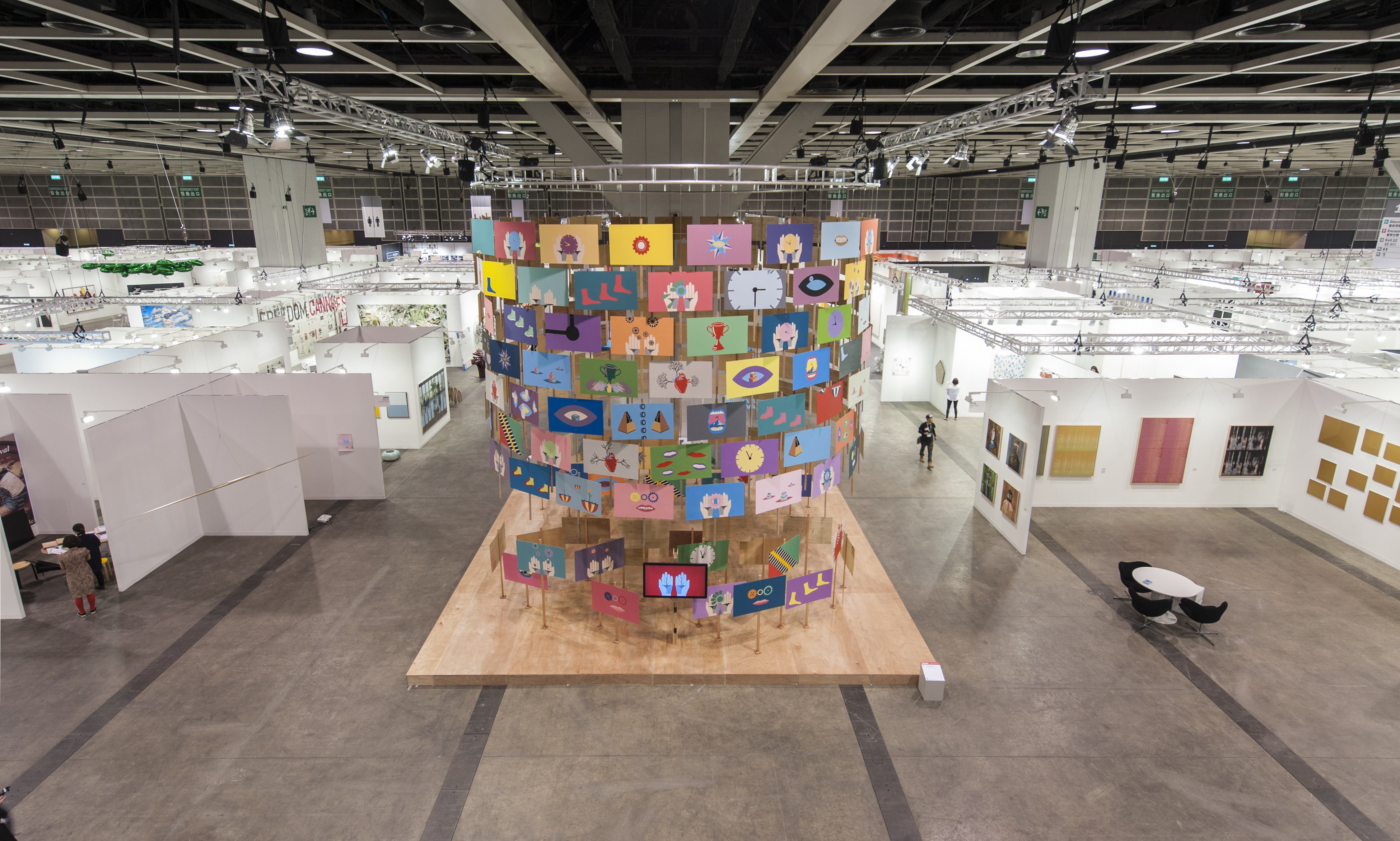
2014-2016
Video animation, board, pen
2 min 40 sec
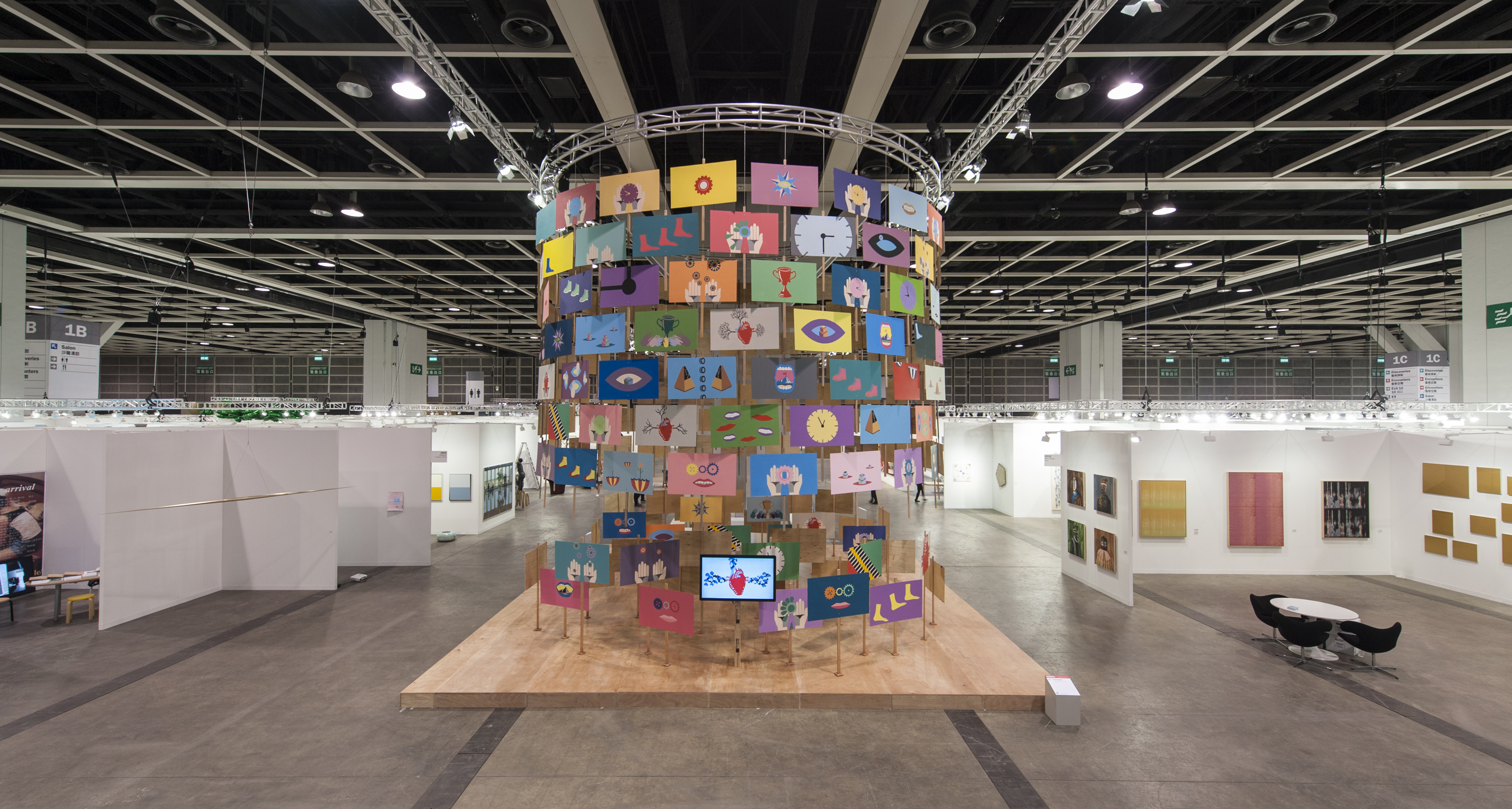
2014-2016
Video animation, board, pen
2 min 40 sec
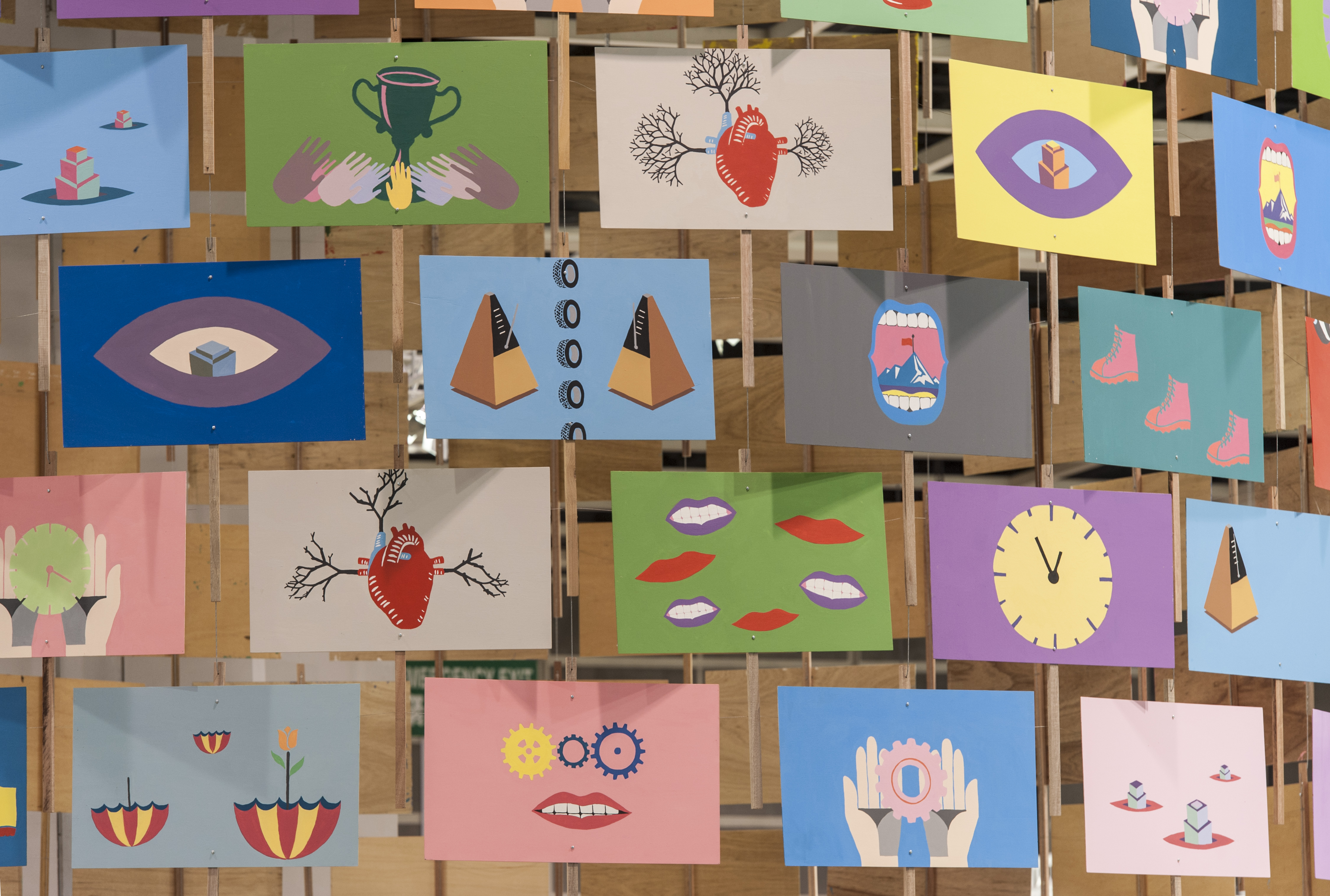
2014-2016
Video animation, board, pen
2 min 40 sec
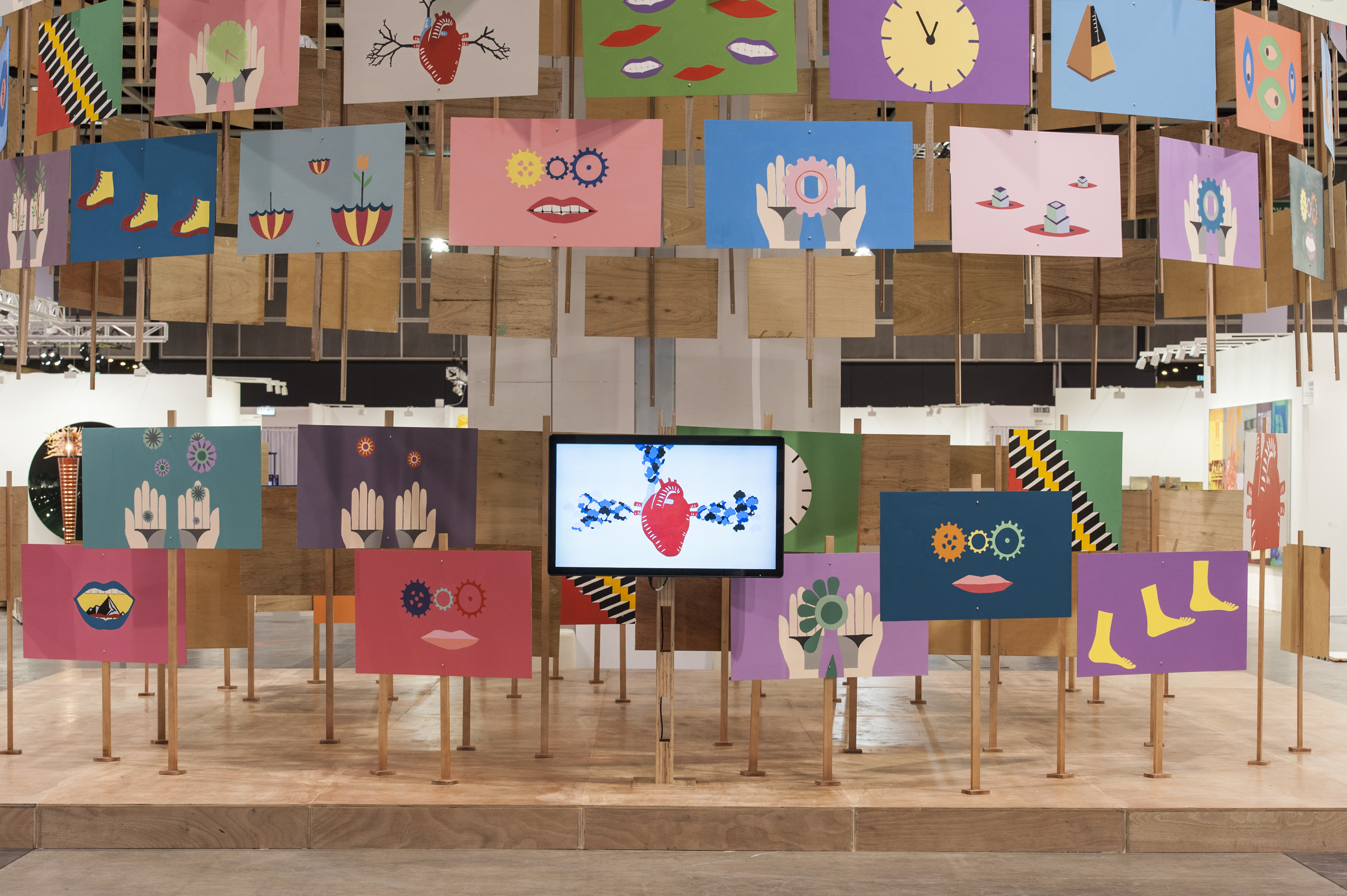
2014-2016
Video animation, board, pen
2 min 40 sec
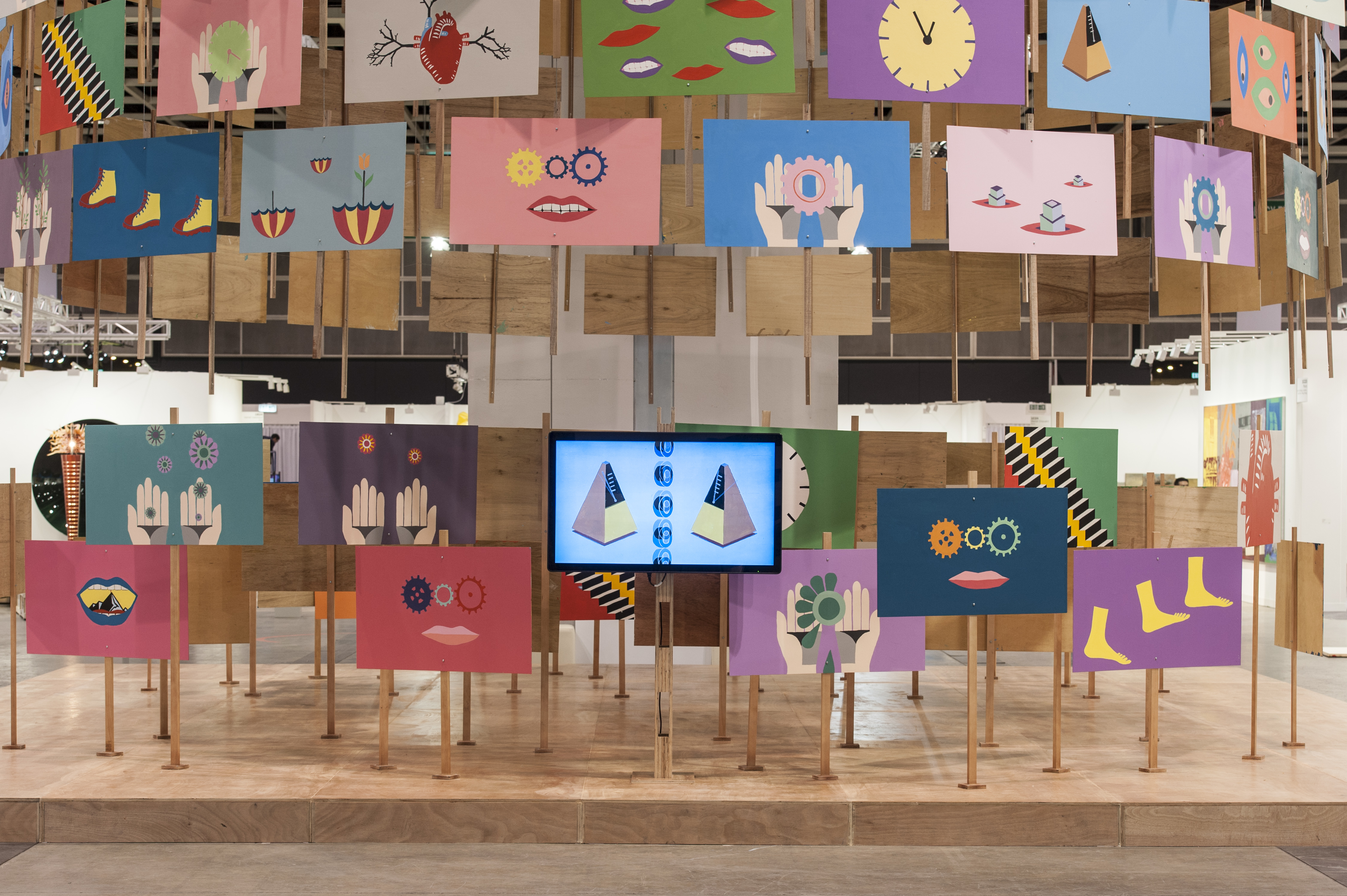
2014-2016
Video animation, board, pen
2 min 40 sec
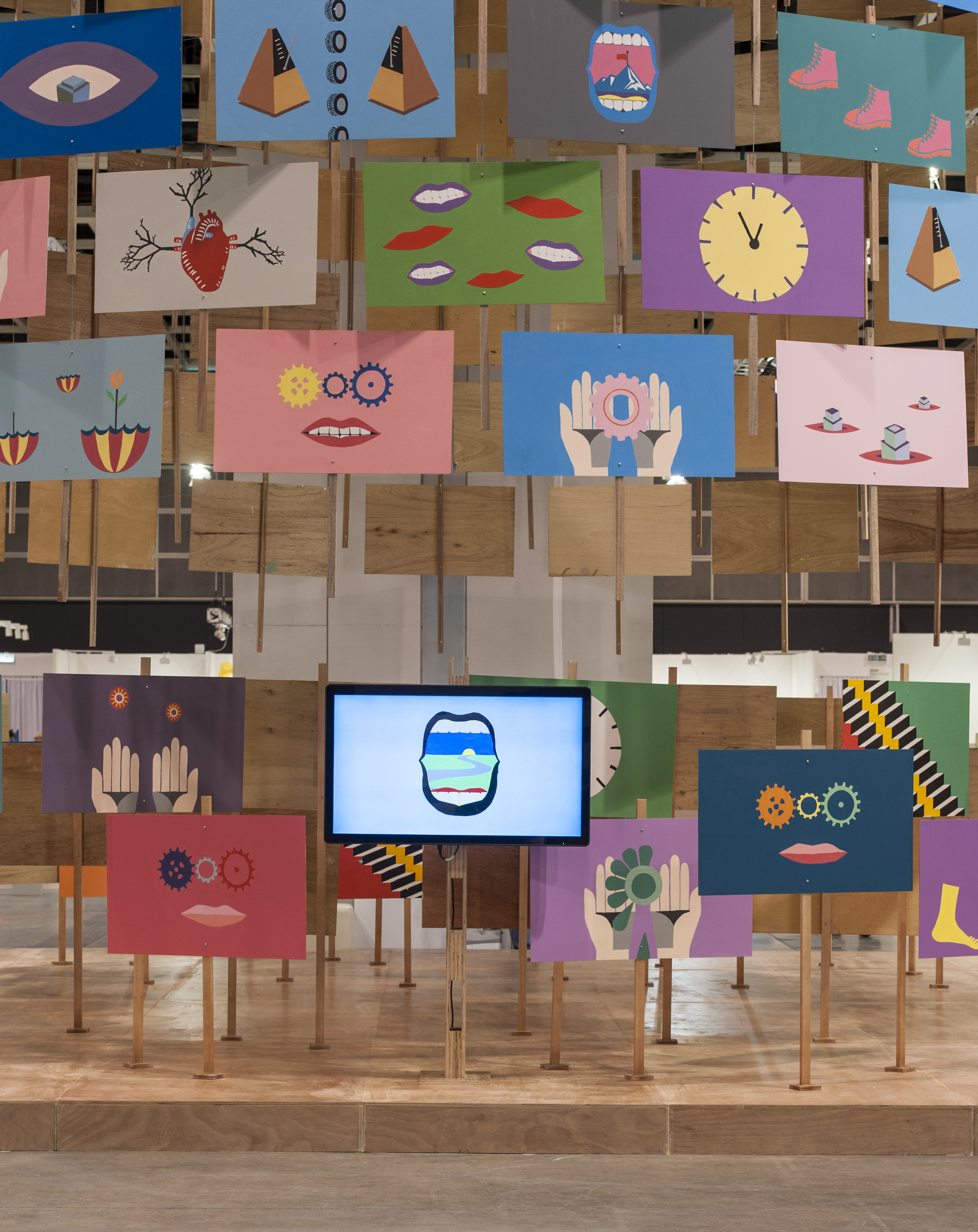
2014-2016
Video animation, board, pen
2 min 40 sec
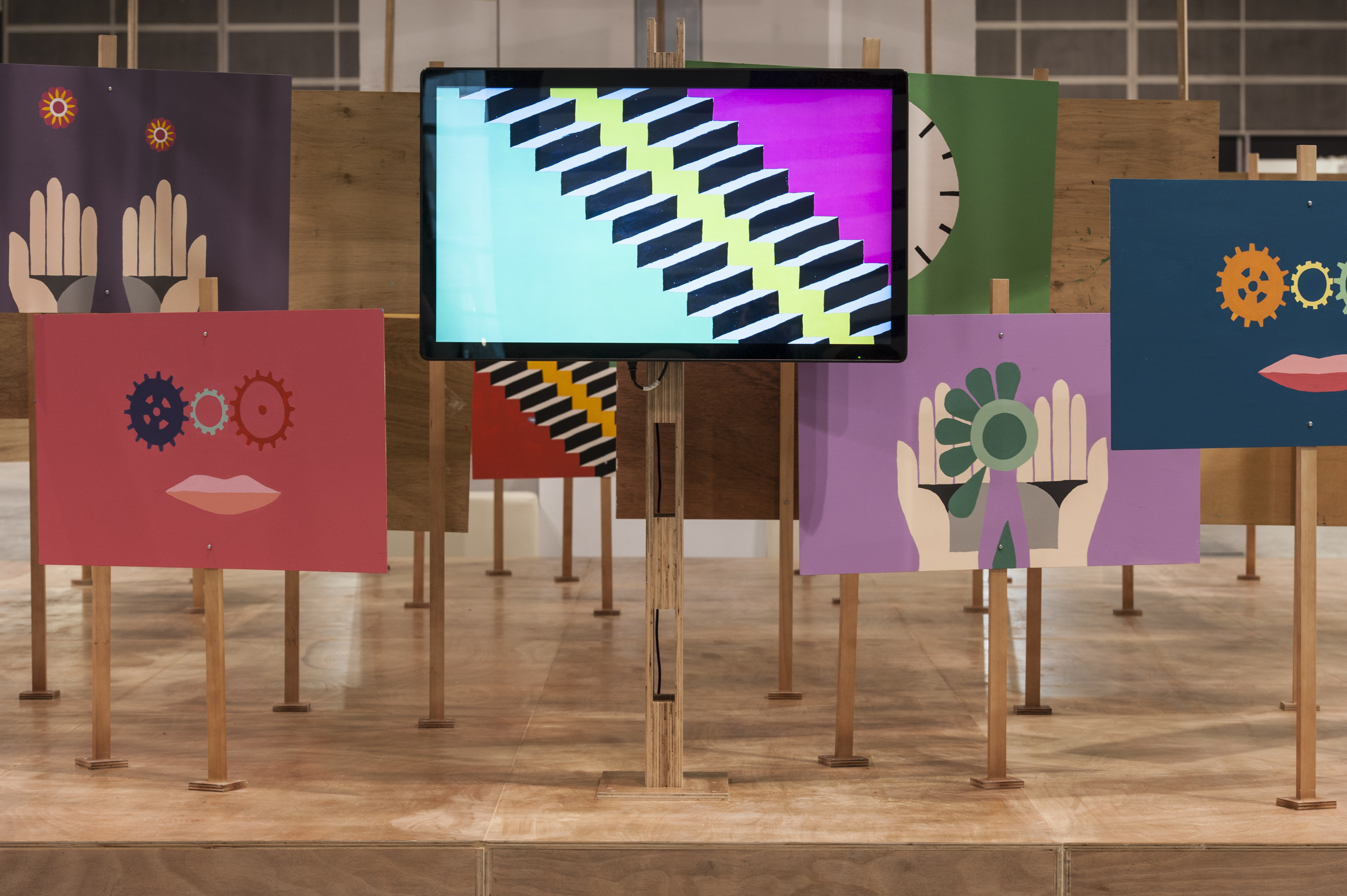
2014-2016
Video animation, board, pen
2 min 40 sec
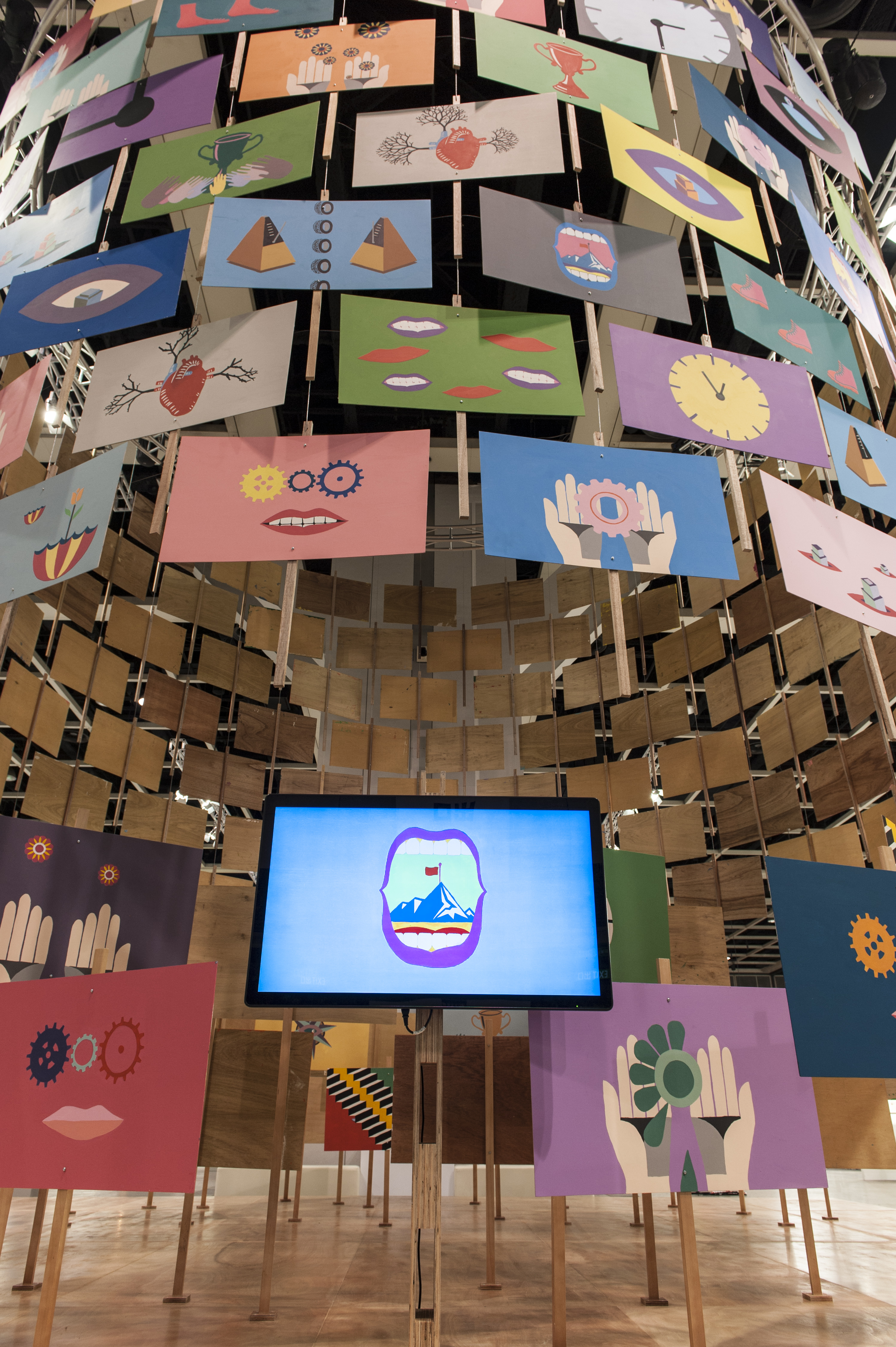
2014-2016
Video animation, board, pen
2 min 40 sec
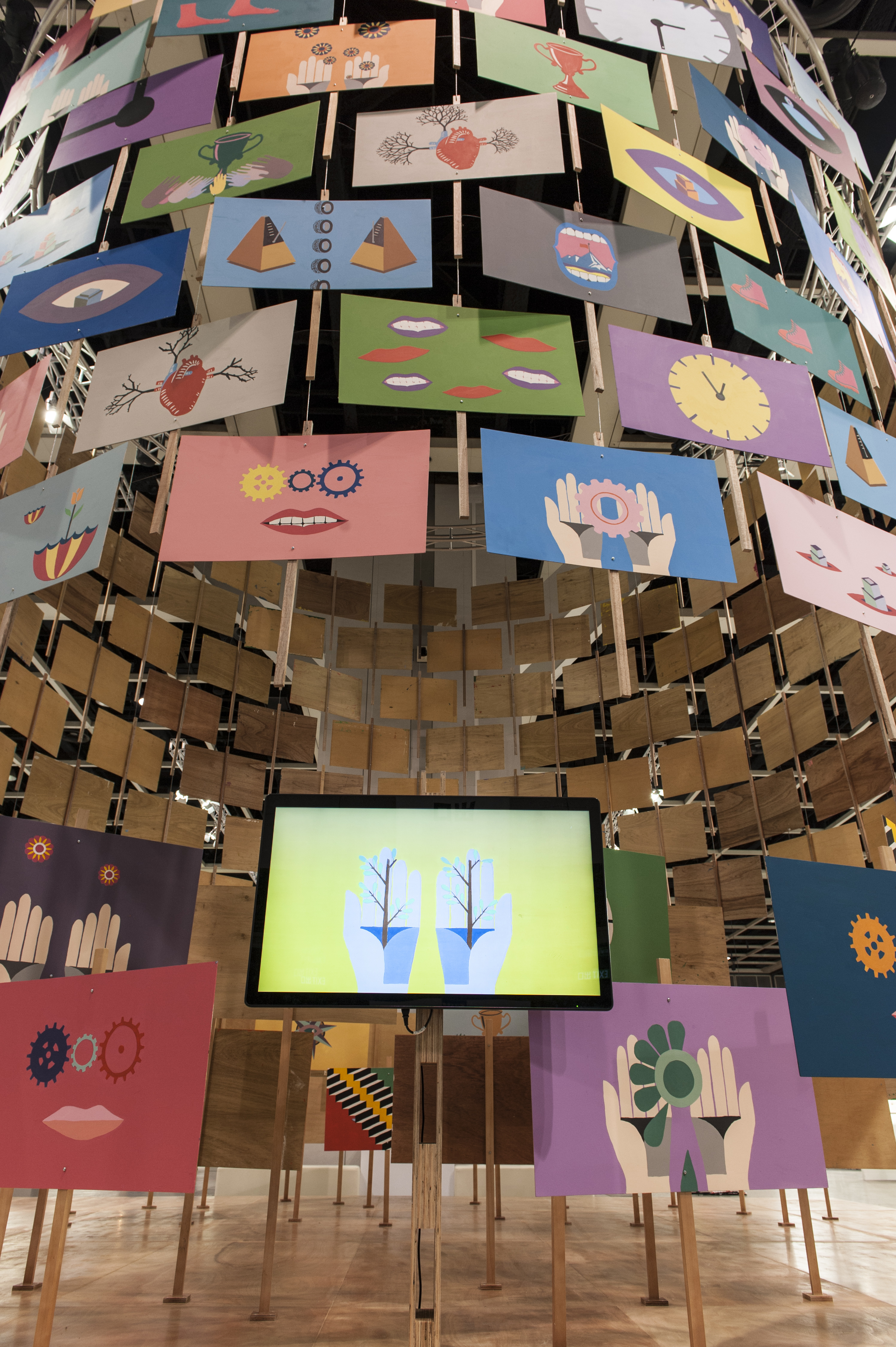
2014-2016
Video animation, board, pen
2 min 40 sec
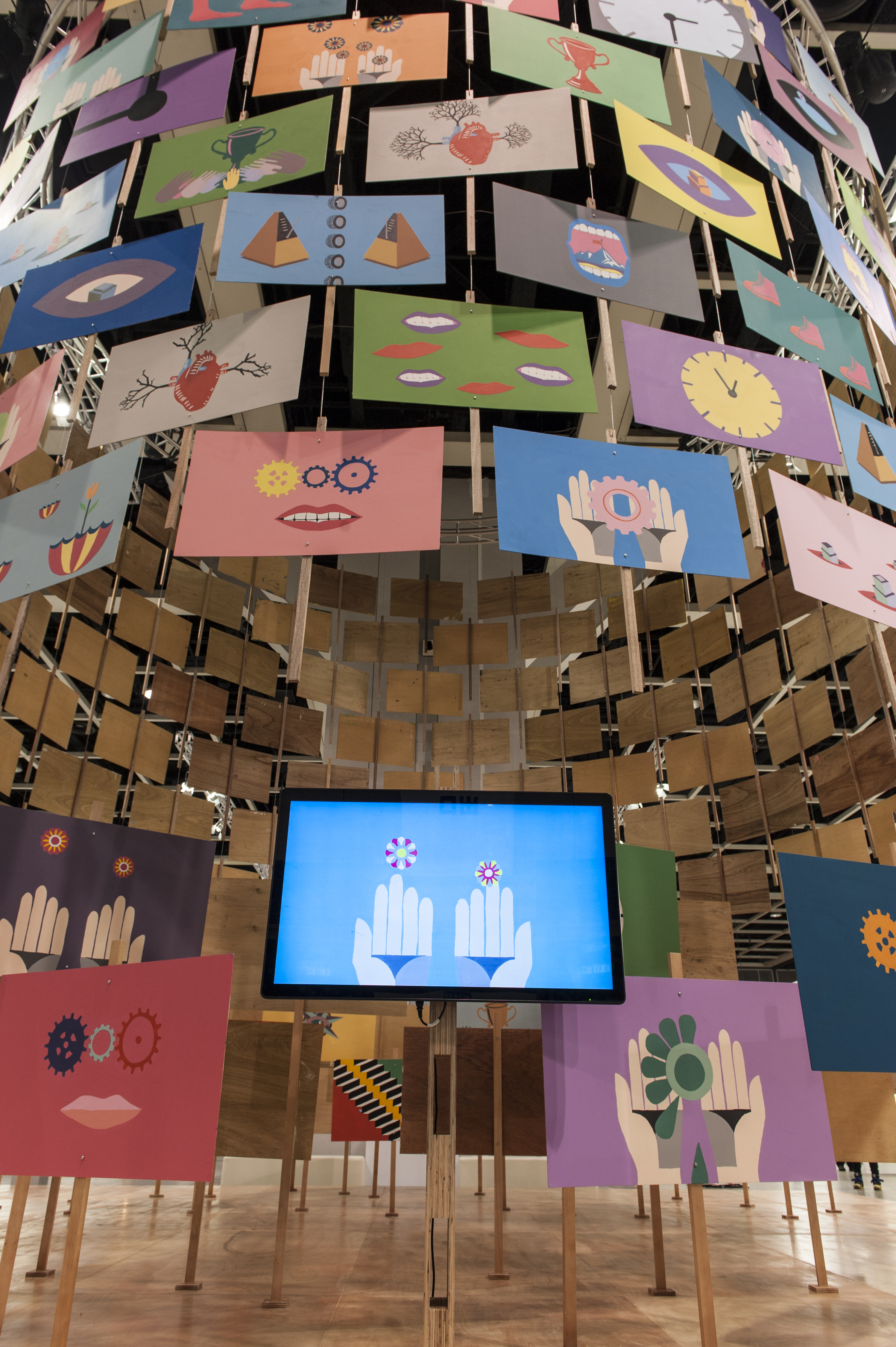
2014-2016
Video animation, board, pen
2 min 40 sec
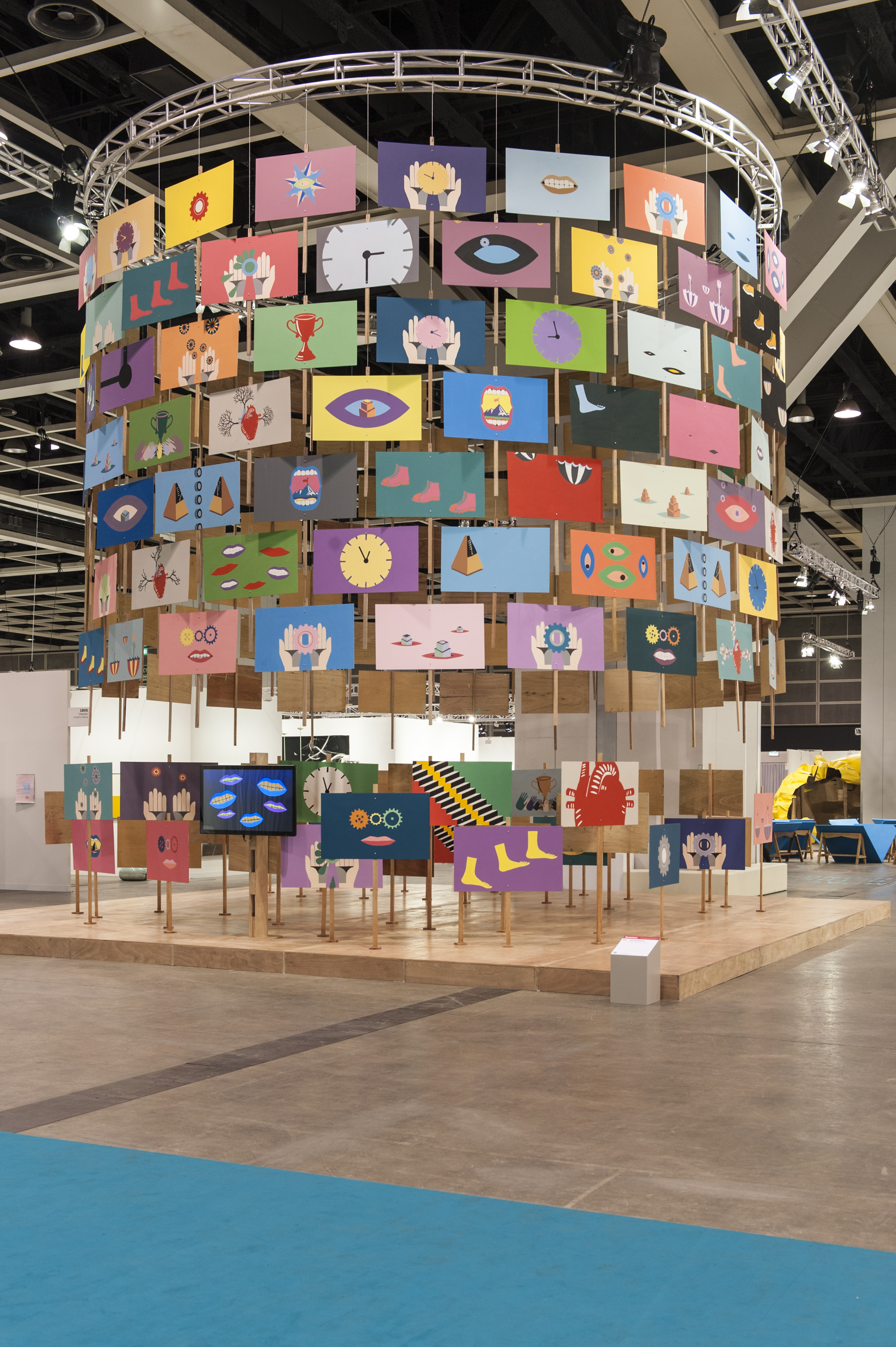
2014-2016
Video animation, board, pen
2 min 40 sec
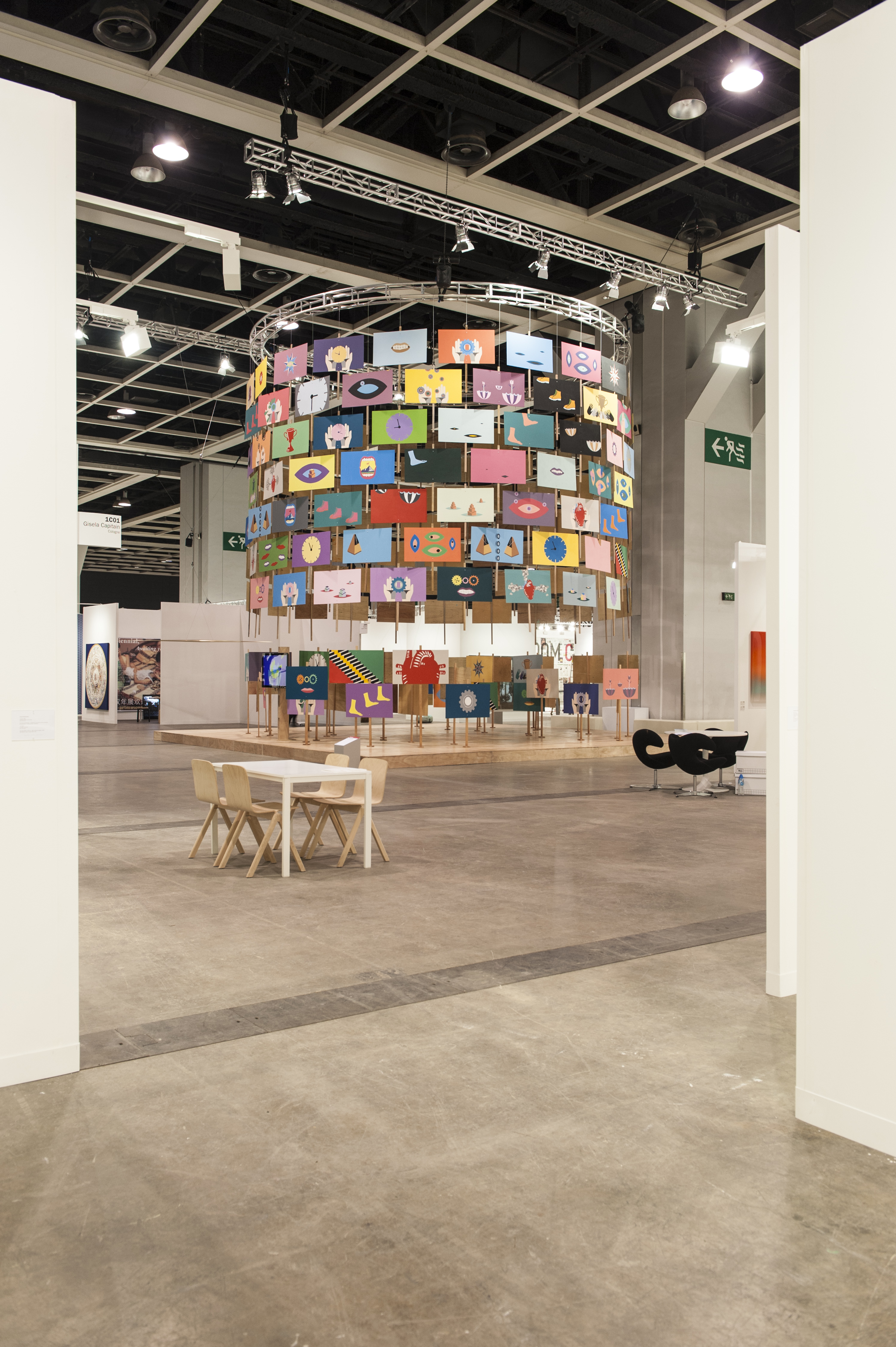
2014-2016
Video animation, board, pen
2 min 40 sec